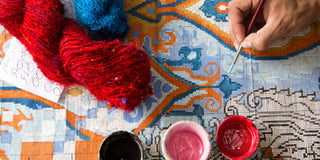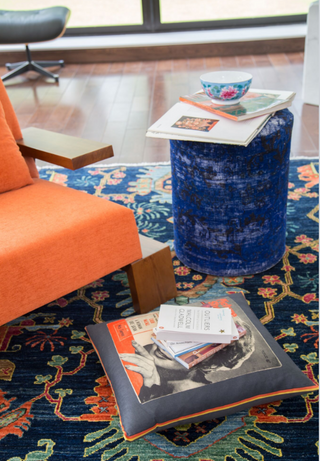Our Process


designs, styles, and sizes all in one place.
We believe that a beautiful room starts from the ground up. That is what inspired our founders to start selling hand-knotted rugs over 40 years ago. Since then, our passion for well-designed, impeccably hand-made rugs has never wavered.
Experience
With more than 40 years in the rug business, our knowledge of premium hand-knotted rugs is exceptional.
Quality
Our focus is on hand-knotted rugs and only hand-knotted rugs. At a minimum, it takes months to complete each rug by hand – that level of workmanship means our rugs are made to last.
Variety
Our selection includes styles, sizes, and colors for every space and taste.
